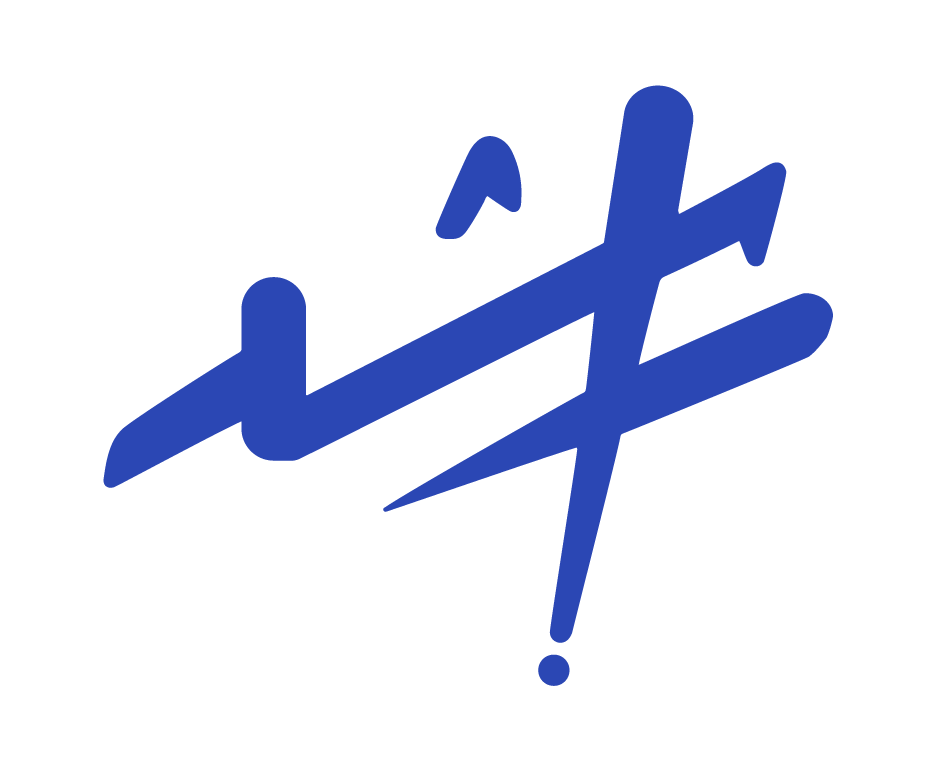It Doesn't Have to Be Crazy at Work

A book by Jason Fried and David Heinemeier Hansson
The Main Message
It is possible to create a more balanced and productive work environment that benefits both the company and its employees.
Target Audience:
- Business owners and managers who are looking for ways to create a more productive and enjoyable work environment for their employees.
- Team leaders who want to build and manage a successful remote team
- Individuals who are looking for ways to be more productive and achieve better work-life balance
- Anyone interested in improving their work habits and optimizing their work environment for maximum productivity
The Practical Side
Set clear goals and expectations for your team: Help your team stay focused and productive by setting clear goals and expectations for what needs to be accomplished.
Foster collaboration and communication: Encourage team members to work together and share ideas, and make sure that everyone has the tools and resources they need to communicate effectively.
Create a healthy work culture: Foster a positive and supportive work environment that encourages creativity and innovation.
Manage your time effectively: Make the most of your time by focusing on the most important tasks and eliminating distractions.
Work in short bursts: Take breaks between work sessions to recharge and refocus, and try to work in short, focused bursts rather than long, uninterrupted stretches.
Avoid multitasking: Focus on one task at a time to increase your productivity and reduce the risk of burnout.
Take care of yourself: Make sure to prioritize your physical and mental health by getting enough sleep, exercise, and relaxation.
Avoid unnecessary meetings: Only schedule meetings when necessary, and keep them short and focused.
Embrace flexible work schedules: Allow team members to work at the most productive times rather than adhering to a rigid 9-to-5 schedule.
Encourage remote work: Consider allowing team members to work remotely, as it can increase productivity and improve work-life balance.
Embrace technology: Use technology to your advantage by adopting tools that make it easier to communicate and collaborate with team members.
Take breaks: Encourage team members to take breaks and step away from their work to recharge and refocus.
Foster transparency: Be open and honest with your team, and encourage open communication and feedback.
Empower your team: Give them the autonomy and resources they need to do their best work.
Practice good work habits: Encourage team members to develop good work habits, such as managing their time effectively, setting clear goals, and focusing on the most critical tasks.
My Favorite Quotes
"The traditional nine-to-five, forty-hour workweek is not just inefficient, it's ineffective. It's out of date."
"The best work happens when it's self-directed and when people are given the freedom and autonomy to do their jobs."
"The goal isn't to work less. It's to achieve more by working smarter, not harder."
"The best work environments are those that are focused, predictable, and enjoyable—not hectic and stressful."
"The best teams are self-managing and self-organizing. They don't need to be micromanaged to get things done."
"The best work is not the result of coercion, or control. It's the result of feeling trusted and valued."
"The goal isn't to get more done in less time. It's to get the right things done."
"The goal isn't to avoid stress. It's to embrace the right kind of stress, the kind that comes from meaningful work."
"The goal isn't to work harder. It's to work smarter."
"The goal isn't to work faster/longer. It's to work better."
"The goal isn't to do more. It's to do what matters."
"The goal isn't to get everything done. It's to get the right things done."
"The goal isn't to be busy. It's to be productive."
"The goal isn't to be perfect. It's to be good enough."
"The goal isn't to avoid mistakes. It's to learn from them and do better next time."
